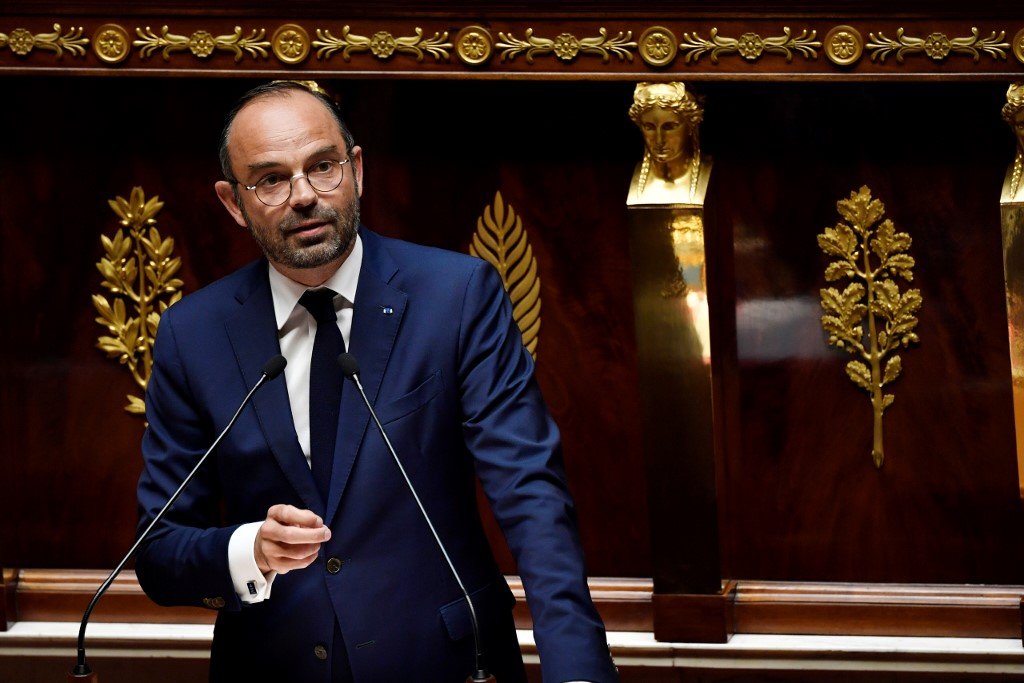
The Kinds of Governments
A government is a group or system of individuals ruling over a polity, usually a country. The head of the state or government is called the president. The constitution of the country provides the basis for the workings of the government and determines who can be a member of it and how these members are to be selected. A country may have one centralized government with many decentralized governments, or it may have many nations with highly centralized governments but with several decentralized governments at lower levels, each having a similar system of government in terms of its affairs.
The basic unit of any government is the government. It consists of various organs such as: the executive branch, the legislature, the judicial branch, the bureaucracy, and the military. All these organs work together to ensure that the government fulfills its duties. There are many different types of governments in many countries, with some having a fully constitutional monarchy, constitutional monarchies, direct democracy, multi-party democracy, and constitutional monarchies with direct democracy.
Some other types of governments are representative democracy and mixed parties. Representative democracy is when one political party forms an association or party of leaders who hold the power, while the other political party forms an opposition political unit. Mixed parties occur when there are coalitions of two or more political parties forming a majority government. In some countries, multiparty elections take place between these coalitions.
Most of the world’s governments are based on representative democracy. One of the most prominent examples of a representative democracy is South Africa, with its Dutch system of government, which remains the only officially representative democracy in the world. Other representative systems include the French Fifth Republic, which has a directly elected parliament, and the New Zealand political system, which uses a proportional representation system. proportional representation involves a number of seats being proportional to the actual margin of an election win. The main difference between proportional representation and an election is that one political party does not always win every time, and the winner takes a small percentage of the vote.
A democratic republic is a form of government where a country has no single governing body that directly represents all citizens. Instead, each citizen has a right to participate in the political affairs of the country through a free and fair election. Many countries that practice democracy have free trade zones and marketplaces, and there is minimal political interference in everyday business activities. Some have strong central governments and a free press, but are largely self-governing.
The absolute monarchy is a form of government where the head of state is recognized as the ruler of the country. The absolute monarch is usually recognized as being a member of the royal family by the people. This is because hereditary rule was common in many countries in the middle ages until the middle centuries, when the rule of the landed estates (the rich and powerful families) was eliminated through the revolution. However, in modern times, because the economy has become more developed and globalization has made it easier for many countries to function as a unit, the absolute monarchy is now rare. Many countries have multiparty democracy where representatives of the different groups in society vote and pick their leaders.